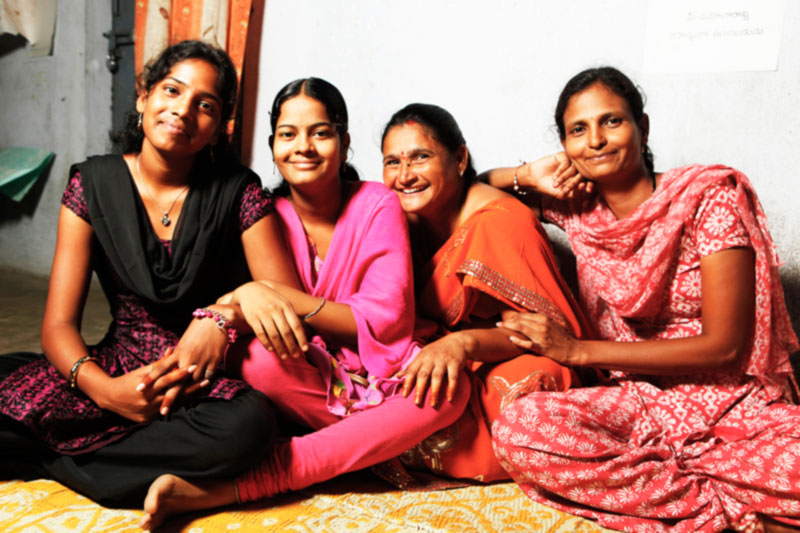Social empowerment of sex workers
Related Articles
Who Is This Indian Billionaire Worth Rs 53,442 Crore Who Took a Bus and Greeted Driver With ‘Kaise Ho?’
A brief moment captured on a Dubai bus has unexpectedly put Indian billionaire MA Yusuff Ali in the spotlight, not for business milestones, but...
कैंसर जंग में गुजरात सरकार की बड़ी जीत: CMRF ने 4 साल में 2,100+ मरीजों को दिया नया जीवन, करोड़ों की मदद
गुजरात में कैंसर जैसी गंभीर बीमारी से जूझ रहे हजारों परिवारों के लिए मुख्यमंत्री राहत कोष (CMRF) बीते चार वर्षों में उम्मीद की एक...
मनरेगा में योगी सरकार का रिकॉर्ड प्रदर्शन, 48 लाख से ज्यादा परिवारों को मिला रोजगार
97 फीसदी से अधिक समय पर भुगतान
उत्तर प्रदेश में मुख्यमंत्री योगी आदित्यनाथ के नेतृत्व में ग्रामीण रोजगार (Rural Employment) को लेकर लगातार सकारात्मक नतीजे...


